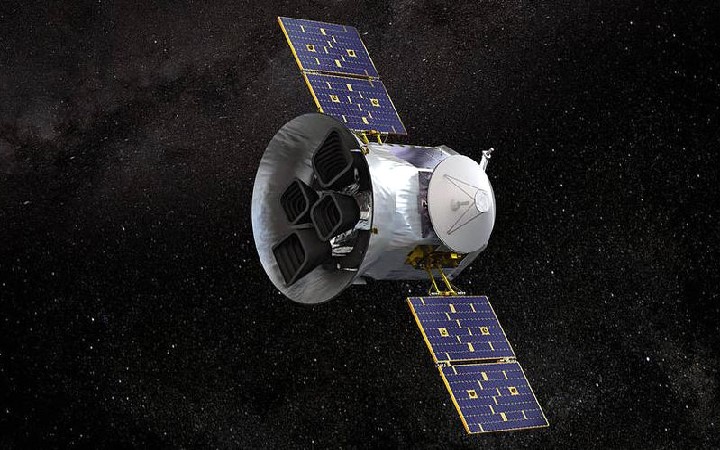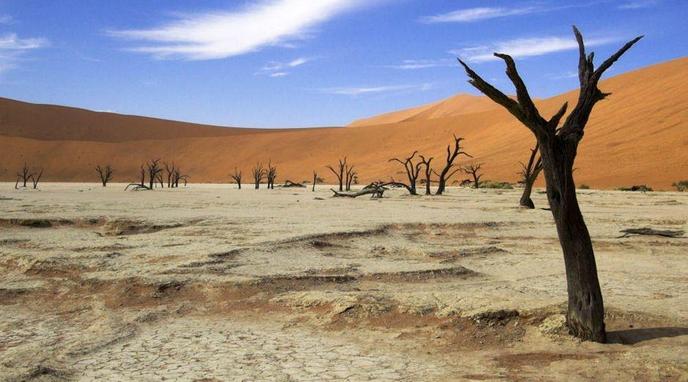Curiosity is celebrating the 10th anniversary of its stay on Mars. It is a rover. It was launched by NASA on November 26 in 2011. It landed in August in the subsequent year. The rover is still in good health and exploring the Gale crater on Red Planet. The rover’s size is similar to a car. The rover has sent a rare postcard to mark the occasion. The image is fascinating that viewers wish to be on the planet. NASA described the beauty of the landscape as inspiring. It said that the mission team added a little flair to the picture. According to NASA, Curiosity captured two black-and-white photos of the Martian landscape. The mission team combined the pictures and added color.
Curiosity has navigation cameras. The rover is capable of capturing a 360-degree view. The images sent by the rover are usually compressed and are of low quality. The files are compressed so that they can be sent easily to the Earth. But the 10th anniversary was different. NASA said that the mission team saw the landscape ahead of Mount Sharp. It is a mountain that stands 5 km tall. The team decided to click an image of the landscape in the highest quality using the rover’s cameras. The two images that the team combined later were taken at two different times on the same day. The flare added by the mission team created a rare postcard.
Separately, NASA’s Jet Propulsion Laboratory (JPL), which leads the Curiosity mission, said in a statement that the blue tints represent the morning scene. The orange tine represents the afternoon. The green tine is a combination of both. Mount Sharp is inside the Gale Crater. The crater is a wide basin, spreading approximately 154 km. It was formed by an ancient impact. Curiosity was launched with goals to study Mars’ climate and geology. It is exploring the Gale Crater to know if the place had favorable conditions to support microbial life on the planet. The rover primary mission was designed for two years. But NASA extended it indefinitely.

Paul is an American-based writer covering Latest business trends. Paul cover Business and media for many news sites. He has been breaking news and writing features on these topics for major publications since 2012. Paul prefers writing about business news keeping science and technology into perspective.


